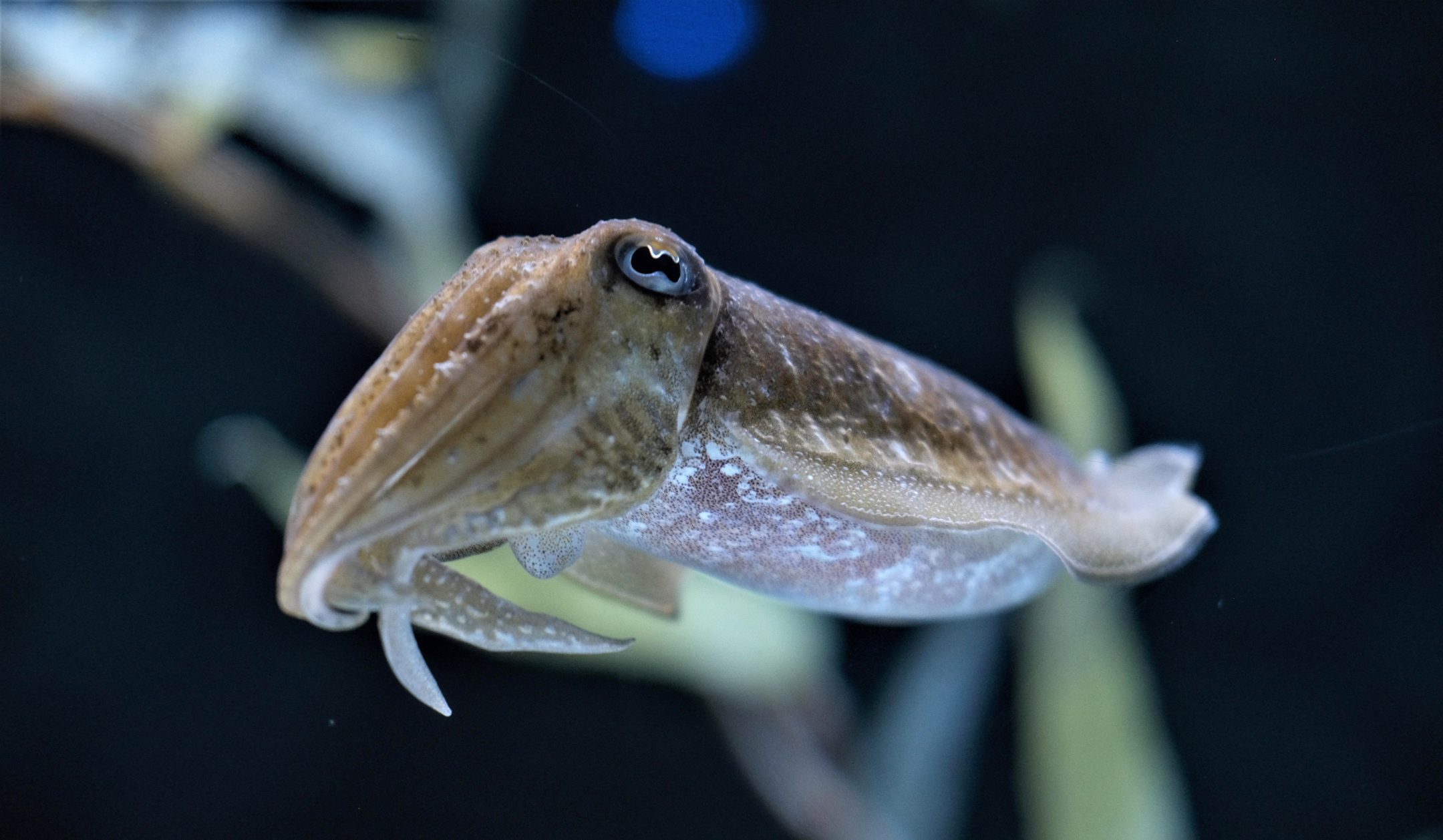UN Sustainable Development Goals Addressed
-

Goal 11: Sustainable Cities & Communities
2019 Global Design Challenge Finalist
This design concept was developed by participants in the Institute’s Global Design Challenge. The descriptions below are from the team’s competition entry materials.
Location: New York, NY, United States
Team members: Louisa Ulrich-Verderber
Innovation Details
Undula Tech looked to the undulating fin motion of cuttlefish to develop an energy-producing turbine. By harvesting the energy of flowing mediums like air and water, Undula Tech of New York, NY seeks to make renewable energy accessible and affordable to ordinary people. It is designed to be mounted on rooftops or sides of homes or buildings, along roadways or in tunnels, or in flowing water like rivers or tidal flows, as a potentially non-invasive hydro turbine.
What problem does the solution solve? The Undula Tech team is dedicated to making renewable energy more accessible than ever before. While large scale wind energy is becoming more common, the high prices for smaller residential options are still out of reach for most consumers. Currently, even a small residential unit would cost between $40,000 and $60,000, which often deters consumers who may be interested in renewables but simply can’t afford them.
Undula Tech’s generator has the potential to be a more affordable option for homeowners looking to have access to wind energy, because the design does not rely on blades, lift, or height like a traditional turbine. It harnesses the power of moving air that is accessible without erecting new infrastructure like towers, eliminating much of the cost and allowing it to be placed in many more locations. The device can be mounted on roofs, along the sides of tall buildings, or in the medians of highways. The Undula Generator also has potential as a low impact hydro generator. Because of its unique design, it would have potentially minimal impact on ecosystems or wildlife. All of this insuring that landscapes stay beautiful and our natural environment left undisturbed.
What is the technology and how does it work? For 200 million years, cuttlefish have used an undulating motion in their fins to propel themselves through the water. The Undula Tech Generator uses undulation to capture the energy of wind or water as it passes along a length of flexible material. Traditional rotary turbines need streamlined air to operate and therefore need very tall towers to get the blades to a height where winds are straight on. The Undula Generator, however, does not have these same restrictions. It can generate power while mounted at any angle, anywhere wind or water is flowing past: on the roofs of buildings, along highway medians, or in streams or rivers to generate power. The design is comprised of a stretch (of any length) of evenly spaced struts joined to an axle, with a sail of durable fabric stretched between the struts. The flow of passing wind or water causes the sail to undulate which rotates a generator to create power.
How it is biomimetic? The Undula Generator’s unique, patent-pending design is based on the form and motion of cuttlefish fins. They, along with rays, knife fish, flatworms, and some sea slugs, all utilize the same slow undulating motion to move through the water, and I wondered if that same motion could be used to generate power. To inform the design an in-depth search was done to see how much research if any, there was on this type of motion used to create power. Though there was some research utilizing this motion for soft aquatic robots, there was none relating to power generation. However, this research informed the construction and design elements of the first prototype, utilizing mathematics and ratios studied in the papers, and the form and function of the cuttlefish itself. Additionally, a global patent search was commissioned during the patent writing process and no designs or concepts similar to the Undula Generator’s design were found. The first prototype was tested in a wind tunnel to see how it fared as a wind generator, and a second built from the conclusions drawn from the data. The second prototype is still being tested both in air and water, and hopefully, it will yield inspiration and knowledge to continue improving the design.
What is the solution’s impact? As a wind turbine, the Undula Generator has the potential to make wind energy more accessible and more benign to the environment than ever before. Because it is towerless, there are many more applications and locations it could be installed. Ordinary homeowners and businesses (large and small) could install the Undula Generator along nearly any roof. The design could run at any orientation along the sides of tall buildings, and long stretches of undulating fabric could power and beautify manufacturing structures, highways, tunnels, and bridges. When harnessing the power of the wind, this simple design is also easier to produce, assemble and repair than both traditional turbines and solar technologies, and could, therefore, be installed in remote locations around the world without access to a central power grid.
When used as a hydro turbine, the Undula Generator could change the way power is generated in rivers and areas with tidal flow. At Undula Tech, we can foresee a time when this harmless means of harnessing the power of flowing water would make conventional damming of rivers seem very obsolete and destructive. The Undula Generator gets us all one step closer to using the natural forces of our planet to help power our world.

